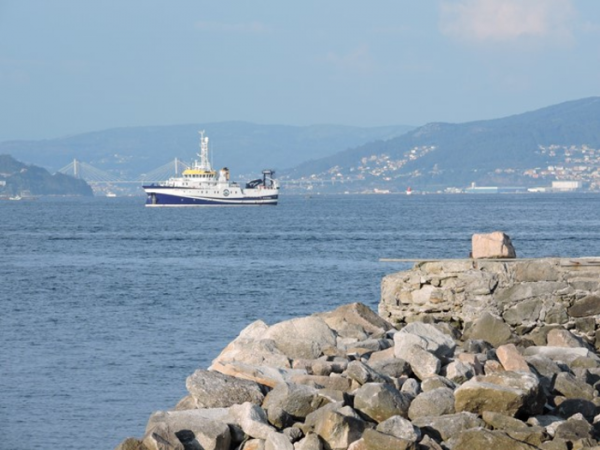A new study has shown how fish influence ocean ecosystems in coastal regions, revealing for the first time how they circulate nutrients and oxygen around the waters when they spawn. This process is key to keeping the ecosystems running.
Oceans are made up of multiple layers, ranging from lighter, warmer waters at the top to denser, cooler waters at the bottom. Ocean mixing is vital to move heat, oxygen, nutrients and pollutants between different layers and therefore plays a major role in how ecosystems sustain life.
Although it is well established that winds and tides supply the bulk of the energy that drives mixing, the contribution made by swimming organisms has not been understood - until now.
In this new study, a team led by the University of Southampton spent fifteen days monitoring water turbulence in the Ría de Pontevedra, a bay in the north-west coast of the Iberian Peninsula. The researchers used an instrument called microstructure profiler, which measures variations in the ocean current speed and temperature over very small distances.
Read more at University of Southampton
Image: Research Vessel Ramón Margalef (Spanish Institute of Oceanography) departing from Vigo harbour. (Credit: Remedios project)


